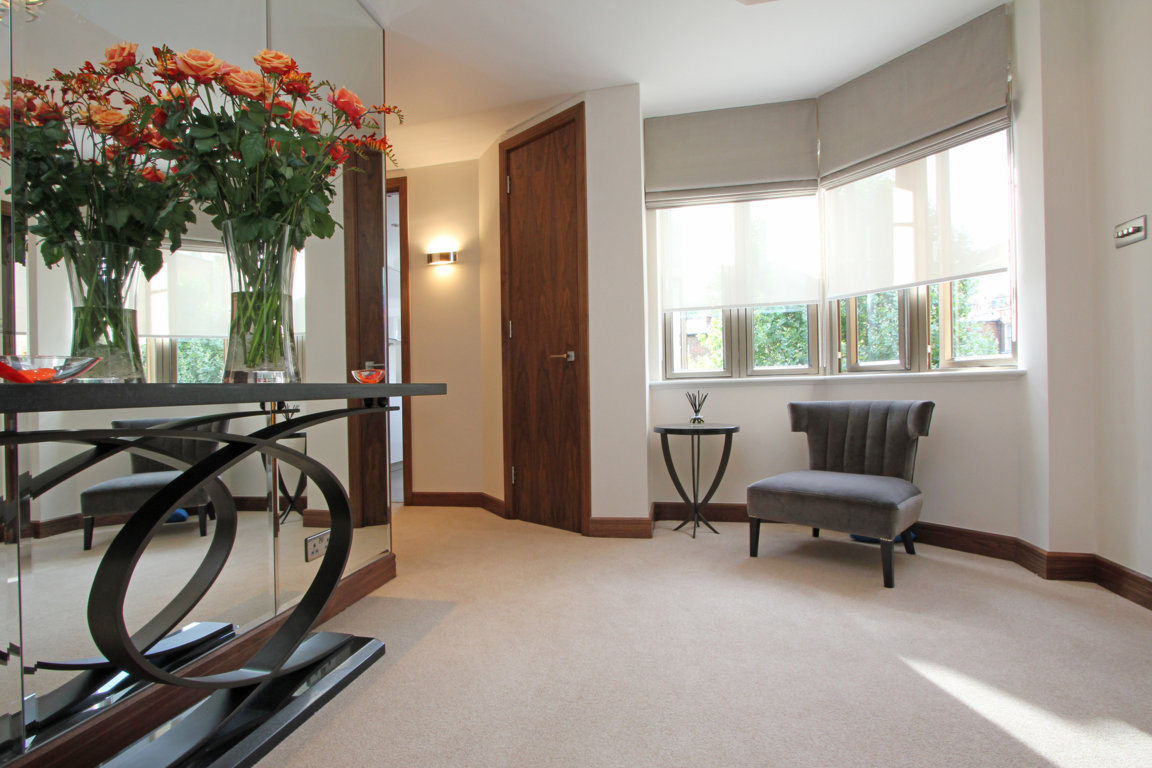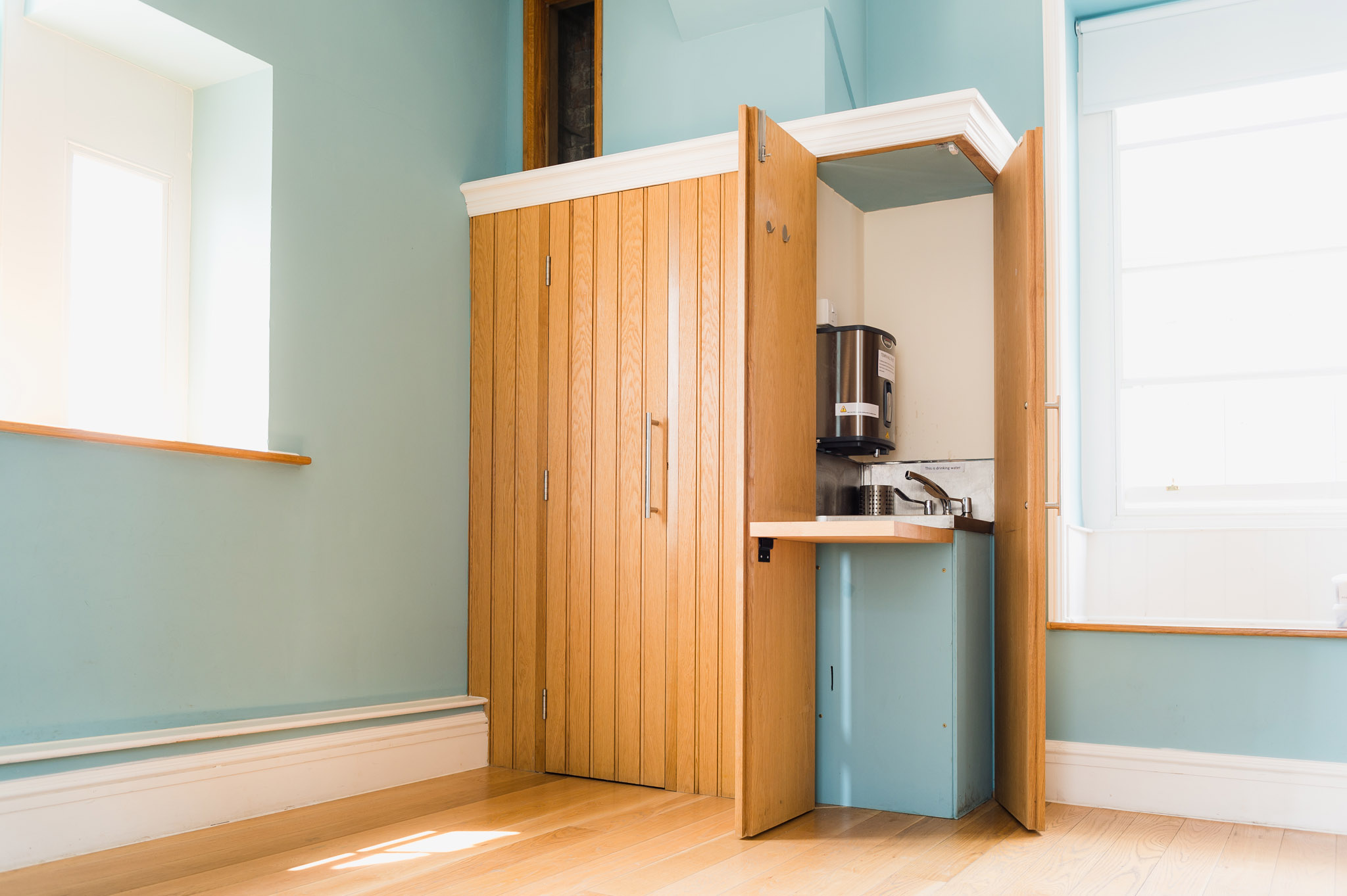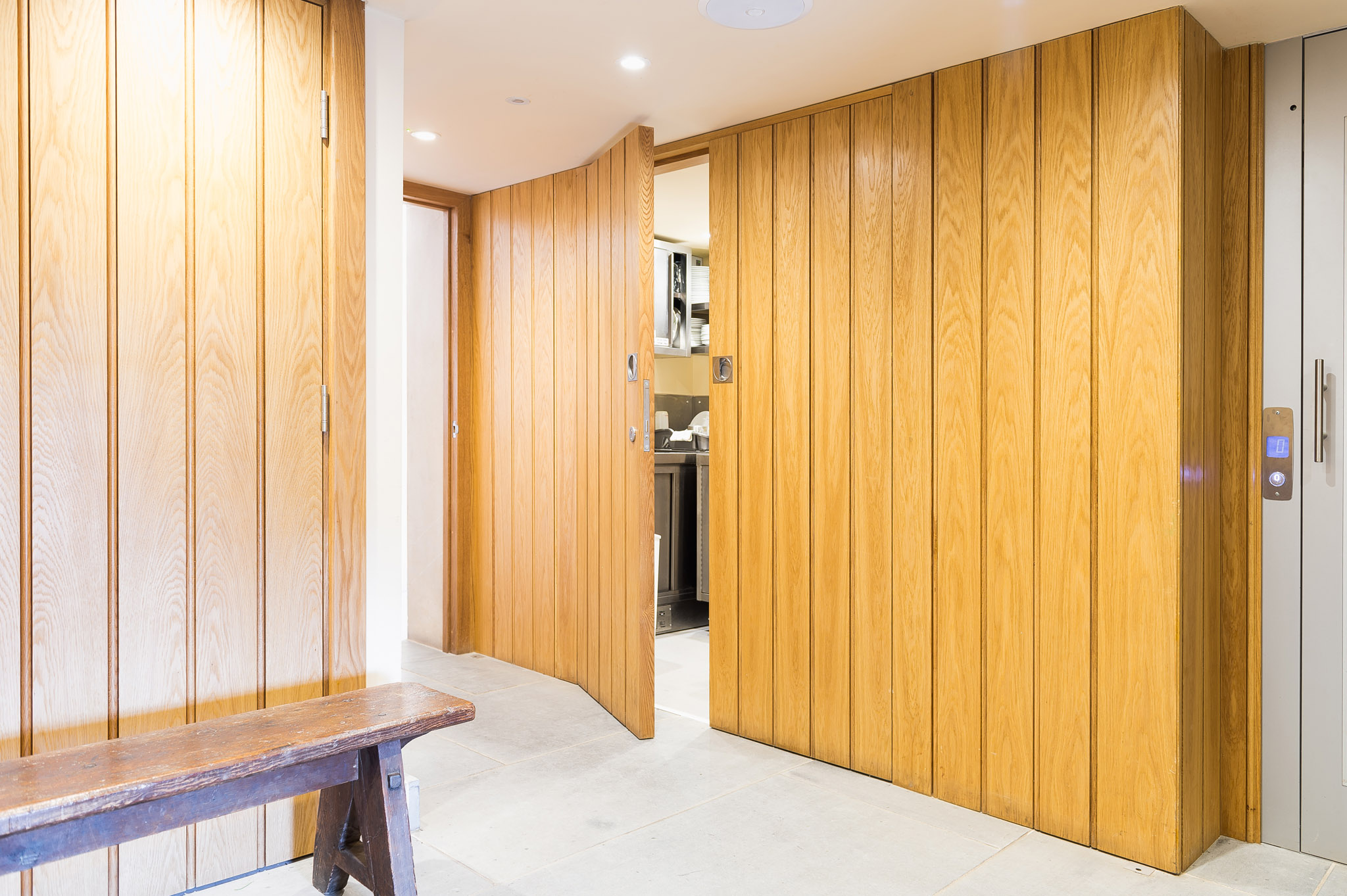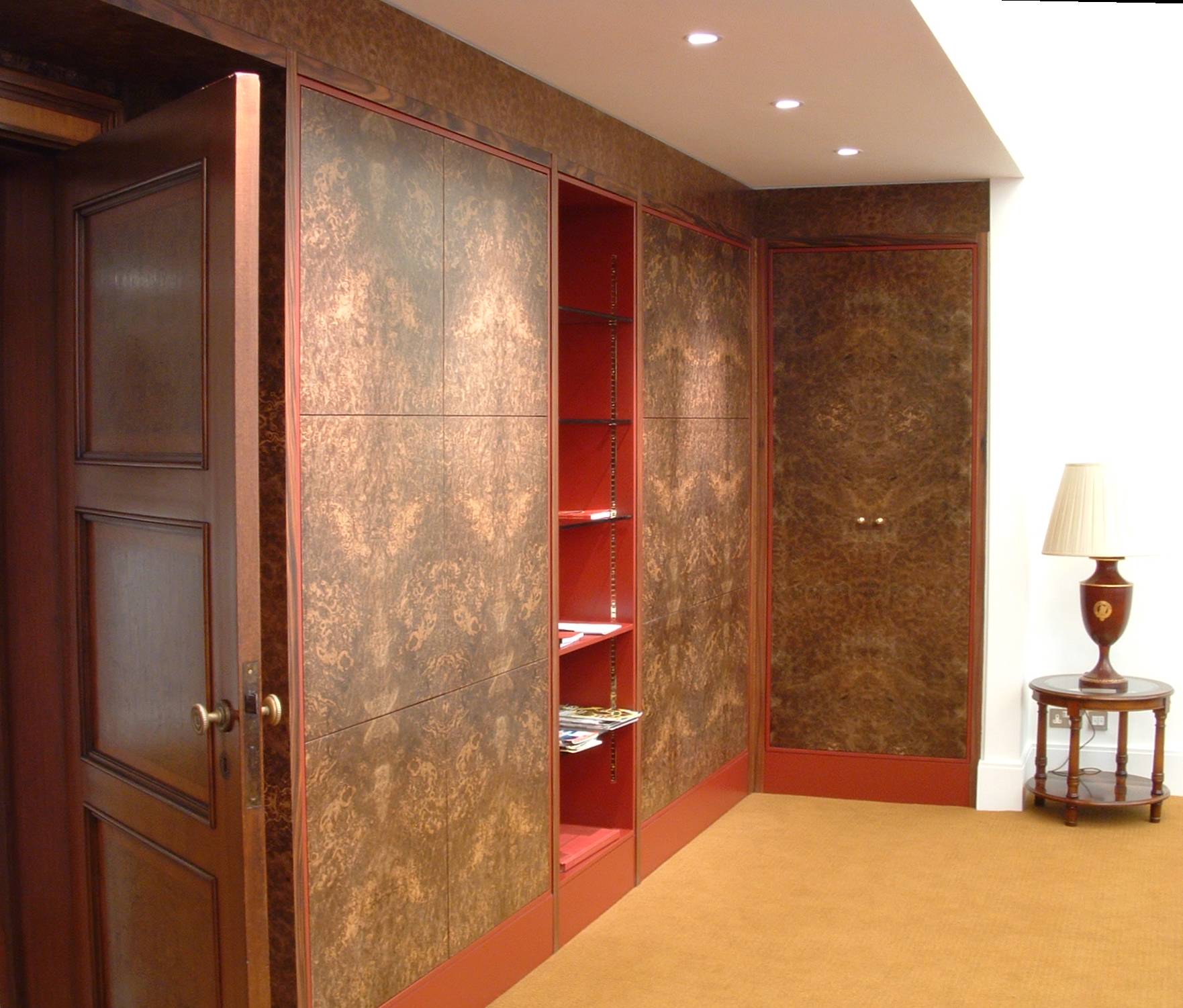A variety of finishes are available to suit most customer needs, from clear A/C finishes to RAL coloured doors & panels to special stains and finshes.

[toggle title=”Sanded Finish”]
We generally provide this to customers who wish to apply their own finish to our veneered panels. Veneers are sanded using a triple head sander incorporating a cross belt & two longitudinal belts. Horizontally laid veneers are sanded twice, using the cross belt only on the final pass.
[/toggle]
[toggle title=”Primed Finish”]
After sanding, our products are primed using a water based primer. The product is then packed ready for dispatch. Further finishing is then carried out by the customer.
[/toggle]
[toggle title=”Clear Finish”]
We use a clear Ultra Violet Cured basecoat to nearly all our veneered doors. This provides a high build finish and grain fills the veneer. Veneers such as Cherry, Maple & Beech which have a much tighter grain structure benefit from this type of finish treatment. More open grained timbers such as Oaks & Ash emphasis the variety of colours and grain patterns within the timber.
Very open grained timbers such as Wenge, will be finished with a 3 coat sprayed finish. After basecoat application, the finish is “de-nibbed” through our finishing sander and then sent for a final top spray finish.
[/toggle]
[toggle title=”Stained”]
Veneers are finely sanded before being stained. Most colours can be achieved but traditional dark stains such as medium/Dark Oak, or Walnut stains are more common. Staining is applied after fine sanding, normal wipe on, wipe off stains are used to achieve the colour. Items are sealed before colour matching and final finishing
[/toggle]
[toggle title=”Spray Painted Finishes – RAL/B.S. Solid Colours”]
Doors are over veneered in a veneer paper, we then put the doors through our base coat system, which ensures that any inherent undulations in the core/paper are filled. Doors are then de-nibbed. Doors are then primed before receiving the top coats.
[/toggle]
[toggle title=”Class 1 & Class “O” Spread of Flame Finish”]
Treatment is dependent on the spread of flame requirement. It applies more to panelling schemes than to doors. The substrate needs either to be a treated board, such as class 1 mdf or class “O” mdf. Salt treatment of the veneer may be required depending on the type of board being used. The panels are then treated using finishes that have been tested to achieve the desired standard.
[/toggle]
[tab title=”Key Points” active=”true”]
We can offer the following finishes:
Sanded finish – for customers own finishing process
Primed finish
Clear lacquered finish
Stained finish
Painted finish
Class 1 or Class “0” Spread of flame finish
[/tab]




